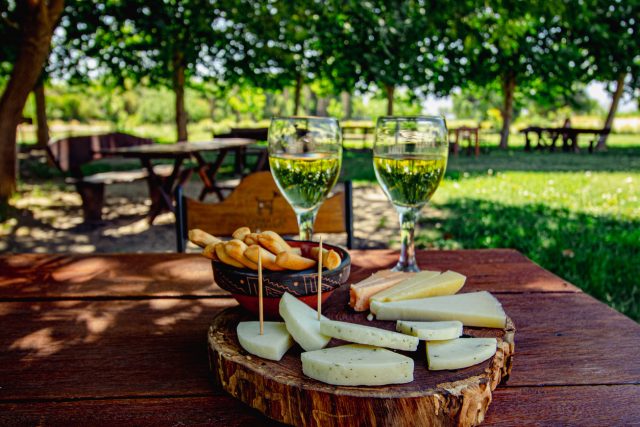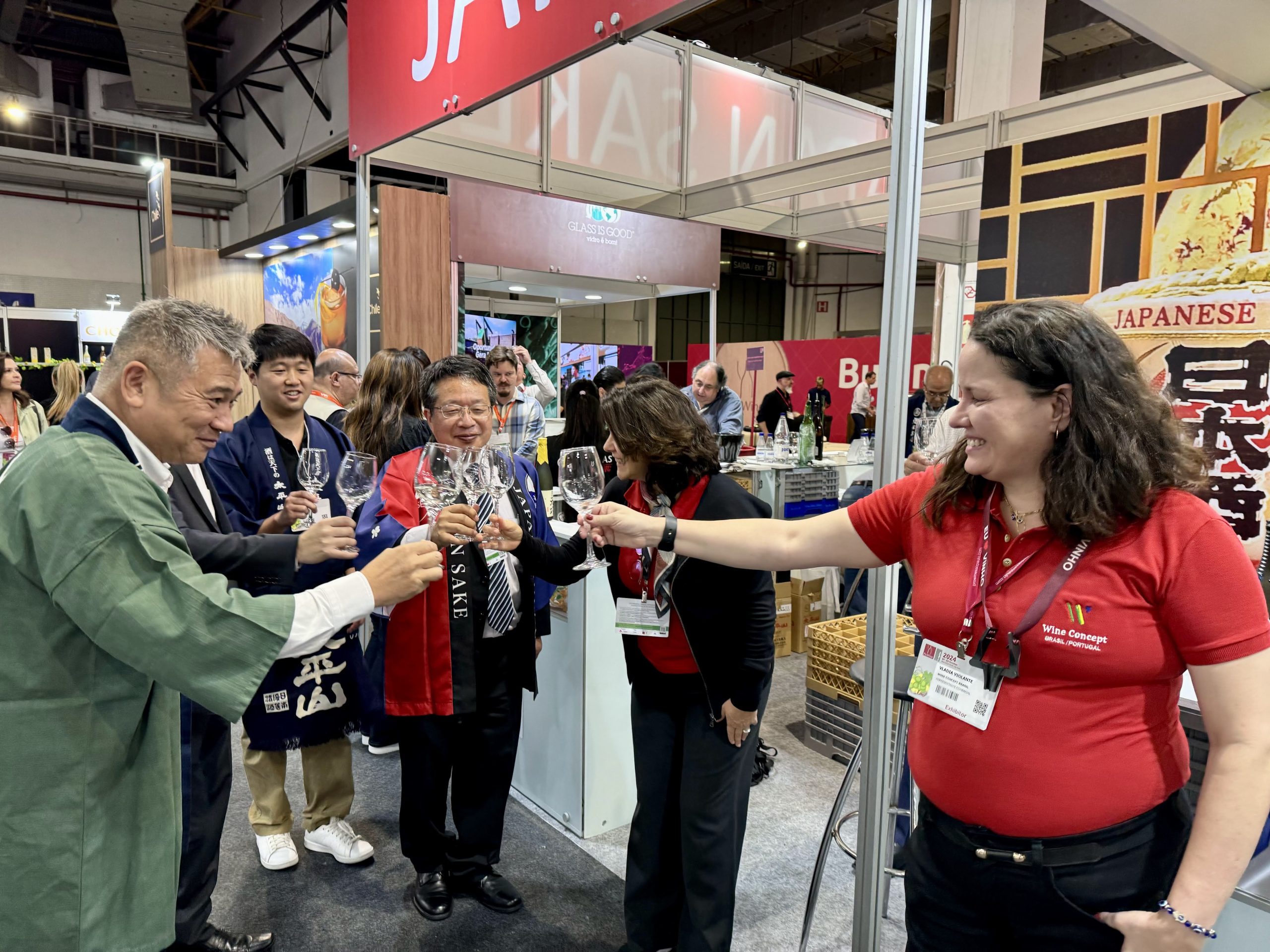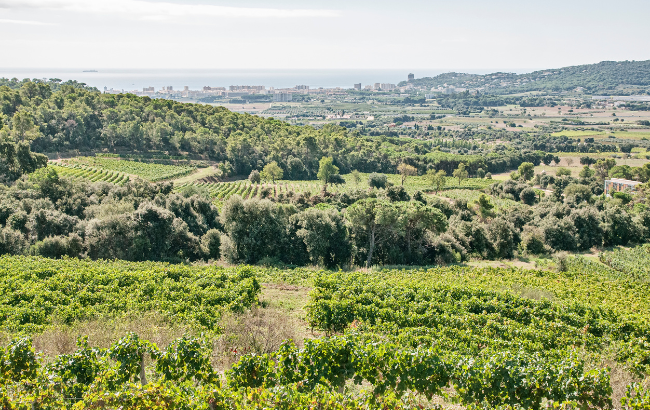Argentine summer wines with a sustainable twist
By Jessica MasonThere are plenty of options for Argentine wines to choose from when it comes to the warmer weather. Jessica Mason reports.

Versatile refreshment is something Argentina can deliver. With such a varied array of viticulture, skillset as well as landscape and acidity-attracting features, the country has, in many ways, lots to showcase for summertime sipping.
With a vast array of white wines, including the native variety Torrontés which is floral and citrus on the nose and pairs well with cheeses, while Chardonnay from the Uco Valley has a great reputation. Similarly, Argentina’s flair for Chardonnay, Chenin, Semillon and Criollas are also turning heads and pair really well with summer salads. Indeed, the possibilities for finding a wine suitable for any palate or preference are generous and far reaching.
Argentina is frequently spoken about in terms of its Malbec, but all too often its whites and also the calibre of its Pinot Noir is not as celebrated for its subtlety — owed greatly to the uniqueness of the terroir and influence of Argentina’s unique altitude and climate. But what makes Argentine perfect for summer, compared to other climes?
Peñaflor Group director of viticulture and enology Marcelo Belmonte believes it is the fact that “in general, in the summertime, Argentina offers more refreshing wines that have a more linear profile with good acidity and moderate alcohol levels which makes them more enjoyable”. A quality that makes its viticultural attributes stand out from other countries.
In essence, consumers preparing for socialising with friends during the summertime want to drink something mouthwatering and may not have considered that Argentina has the answer. For instance, diversity is the order of the day and across Argentina’s grape varieties, regions and styles, “freshness” continues to be part of the Argentine winemaker’s vernacular. But which bottlings and vinous trends are drinkers leaning in towards in the heat?
According to wine communicator and head sommelier at Azafrán restaurant, which has 1 star in the Michelin Guide, Camilla Torta, people want something refreshing and mouth-watering to sip during the warmer months and that, she insists, means acidity is key.
Torta explains: “During the summer the need to cool down leads to wines with high acidity, lots of fruit, and, if possible, lower alcohol. Therefore, the wines of the year without oak ageing, from early harvests and with simplicity, will be the main characters of this season.”
In addition to this, the temperature of the wine also plays a role in adapting consumer preferences. Most notably, right now, people are starting to take a little bit more control of how they want to drink, whether that be to drink wines a little more chilled and cooler or to opt for bottles lower in alcohol. Essentially, putting people back in control of their consumption and lifestyle choices.
As standard, the ideal warm weather summer selection also involves a genial dose of crisp rosé options which are accepted as both fruity in some cases as well as sometimes delicate and fresh, but always with the cheerfulness of pallor, raising smiles along with glasses.
Drinking your own way has become the order of the day. As Belmonte suggests: “it doesn’t matter if they are reds, rosé or white” but drinkers are often embracing the trend for “drinking at a little bit of a lower temperature than recommended — especially if they are more powerful reds”. He adds: “For example white Malbecs or rosés are good options” and points out that, because of this, “there is a tendency to harvest the most in the freshest part of the ripening window” in an effort to produce wines with good levels of acidity.
Partner Content
Torta agrees that refreshing wines are what people want the most and describes how, because of this, a new category has opened up to fulfil this consumer need. She explains: “There actually exists a new wine category called ‘pool wines’” and says that these are wines that are “ideal for warm climates”.Torta also highlights how fizz can additionally be considered as an attractive option for sunshine and adds “sparkling wines are an easy choice, ideal for this type of weather, especially the soft bubbles of pet nats and the fresh fruitiness of charmat sparkling wines”.
Argentina has been well established in terms of its sustainable practices which are also at play when it comes to the creation and fine tuned marketing of Argentine wine. But which are the practises being rolled out to greater effect and appeal for summer drinkers to consider?
Belmonte says that in his opinion the use of sustainable vineyard management practices that require deep knowledge of irrigation management are the ones that are truly groundbreaking.
He explains that the really impressive techniques are those that take into account “irrigation scheduling, using an automatic weather station and planning irrigation strategies and irrigation monitoring, using soil moisture sensors and pressure chambers for measuring leaf water potential”.
According to Belmonte there are a few “soil management approaches that can increase soil health and biodiversity” and assess “how much renewable energy is used in the production cycle” and advises that one thing people can look out for is “certification related to socially responsible business practices”.
Torta observes how “manual harvesting (whenever possible) to avoid machines interfering with the crops” while Belmonte suggests that people are most interested in “sustainable productions, organically grown grapes and wines, low impact in water and carbon footprint”.
Torta echoes this, emphasising how in the summertime and more recently, “consumers have been looking for wines with organic and/or biodynamic practices” and admits that “there is also a growing awareness and a search among winemakers for zero added chemicals”.
Belmonte notes how at Peñaflor Group: “In the context of global warming, we have developed the first ocean-influenced vineyard in Chapadmalal in Buenos Aires Province at 5km from the Atlantic Ocean. It is a cold, windy region, dry farm and suited for white varieties such as Sauvignon Blanc, Chardonnay, Alvariño, Riesling and Gewurztraminer and Pinot Noir as the only red variety.”
Belmonte explains that this gives the group its hallmarks for being highly suitable for drinking in warmer weather and “a tasting profile of fresh, more linear and sharp style for whites reaching complexity at a lower alcohol level because of the climate”. He adds: “Also, moving to Patagonia, in San Patricio del Chañar, Neuquén has been another way to explore new areas with high radiation helping to grow grapes in an organic way producing reds of deep colour, fruit driven profile with nice acidity”.
Torta also notes that “a key point today is the care of all the people that work in winemaking” and highlights that “a winery is more sustainable if it works with well-cared-for staff, prioritising those who live around the wineries that work directly with the crops and help to grow the regional economy, but also for the winery technicians, enologists and agricultural engineers. In short, luckily for the industry, today Argentine wine has become a-lot more mindful for all of those inside the production-consumer chain”.
Related news
ProWine and db Asia partner on the inaugural Asia Green Awards




